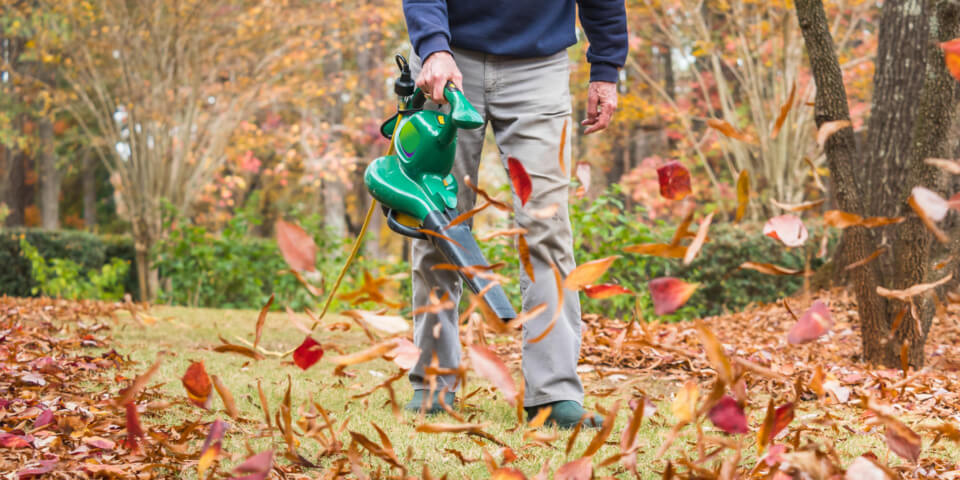Leaf blowers are a garden tool that can aid in the clean-up of fallen leaves and light garden detritus, which can be a mammoth effort at times. Many versions will have both blow and suction capabilities. Most vacuum types can shred fallen leaves and tiny twigs into compostable material. Clearing leaves is necessary because they may block light and harbor disease, putting your lawn’s health at risk.
How does one limit down the field of leaf blowers when there are so many to choose from? For starters, think about the size and form of your yard, as well as how many leaves fall each season. Smaller yards or ones with a low amount of leaf buildup may get away with less electricity, possibly even a cord.
Medium to big yards with a lot of fallen leaves will need more power and benefit from the freedom that batteries and gas tanks provide. Always keep in mind that while a larger model may be more powerful, it will also be more ungainly. Our buying guide for using the best leaf blower recommends a few top-rated models and will assist you in choosing the ideal power equipment.
Six Tips And Tricks To Use A Leaf Blower
Autumn has here, and so have the leaves! They’ve found their way into the gutter, the porch, the yard, and even the landscape rock. Using a leaf blower is indeed the greatest way to get rid of such leaves during autumn.
Follow these amazing leaf-blowing ideas as well as tactics whether you’ve never even seen a leaf blower earlier or want to be much more efficient this fall:
First and foremost, safety! While blowing leaves, take eye protection, gloves, strong boots, earmuffs, and protective clothing, and put your hair up just out of the face. Never allow youngsters to operate the leaf blower, and just never direct it at humans or animals.
Wind may both assist and harm you. It is far simpler to blow the leaf with a breeze against than. Whenever you try to blow your leaves, consider the direction of movement.
Consider a suitable time over the day. Leaf blowers are noisy appliances that might annoy your neighbors if you blow leaves very early. The intervals of 9 a.m. to 8 p.m. are a decent norm to follow.
Ensure the leaves are completely dry. When utilizing a leaf blower, moist leaves are just too thick and will cling to the floor. Opt for a clear day before using the leaf blower.
Make a strategy. As you begin, lay down a tarp to catch the falling leaves. It makes hauling the leaves much easier. If you’re transporting leaves toward woodland or composting area, simplify things on yourself by breaking them into portions instead of attempting to transport them entirely from one end to another. Choose a path. Make sure you just blow leaves in one way so you wouldn’t want to go backward or blown leaves in areas you’ve previously finished.
Keep an eye out for dust and filth! Elevate the leaf blower to damp down dust spots to prevent dirt from blowing back at you. Don’t ignore that specific nozzle adapter that can aid in dust reduction. Keep the leaves and decompose them in your garden. Leaves can also be used to protect trees, shrubs, and perennials throughout the winter.
Summing Up!
As a result, a blooming garden is well-maintained. Only a well-kept garden produces excellent fruits and vegetables, as well as beautiful flowers. Keeping the lawn clean by blowing away all leaves improves the appearance of the structure. In an untreated garden, weeds grow as well as fat garden insects thrive. A leaf blower is one of the essential garden tools you should have for the maintenance of your garden. So, don’t miss out on it!










